The Republic of Estonia formally declared independence on 24 February 1918. That independence lasted the better part of one day, as the country was quickly occupied by the German Empire, and following World War II, Estonia was incorporated into the Soviet Union.
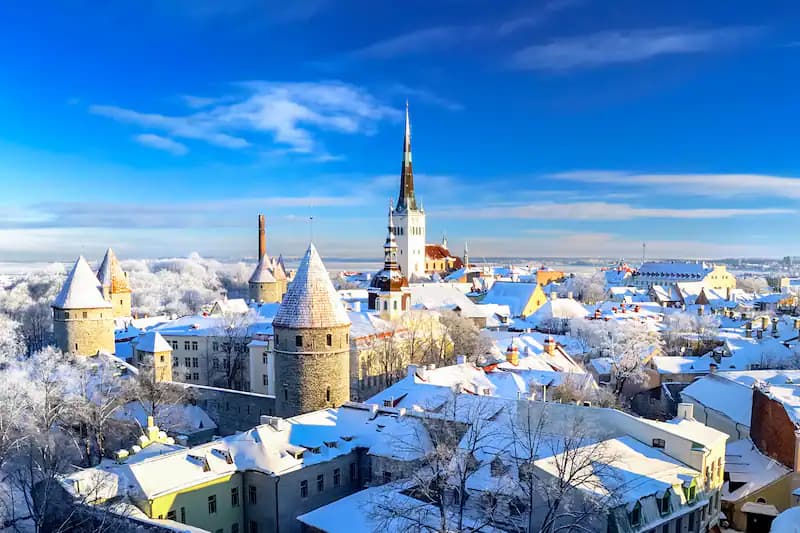
Estonia
Estonia once again regained independence in 1991, and Independence Day is annually celebrated with a military parade, a reception including a speech by the President, and a concert. As we are once again getting closer to that important day in the Estonian calendar, we thought it might be interesting to feature music originating from the ancient
shores of the Baltic Sea.
Veljo Tormis: Talvemustrid (Winter Paintings)
Estonian composer Veljo Tormis (1930-2017) is regarded as one of the most prolific and innovative choral composers of the 20th century. He ceaselessly kept alive the memories of ancient peoples along the shores of the Baltic Sea whose cultures and languages have long since died. His hauntingly beautiful a-cappella compositions are deeply rooted in Estonian and Balto-Finnic folk music traditions and include folkloric and shamanistic elements.
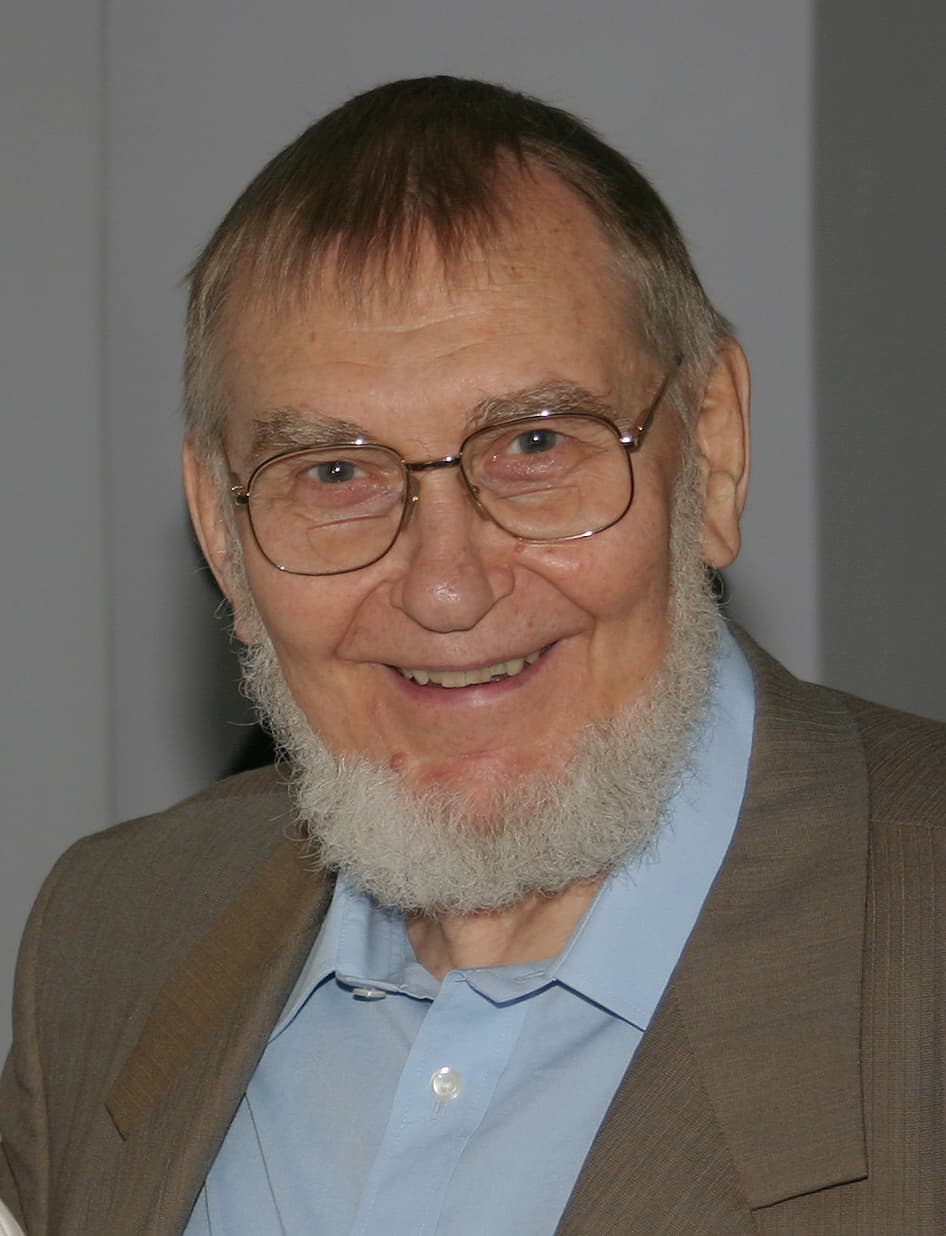
Veljo Tormis
Tormis famously stated, “It is not I who makes use of folk music. It is folk music that makes use of me!” His initial compositions were primarily symphonic, but he also wrote music for film and even an opera. Tormis transferred his orchestral style to the human voice, creating haunting sonorities emerging from the seemingly monotonous repetition of ancient folk tunes. Predictably, during the days of Soviet censorship, a number of his more provocative works were banned, but his compositional voice could never be silenced. Tormis is considered a national icon in Estonia.
Rudolf Tobias: String Quartet No. 1 in D minor (Tallinn Quartet)
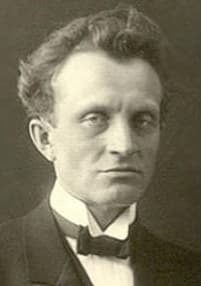
Rudolf Tobias
At the turn of the 19th century, the economic conditions of Estonians had improved considerably. Population rapidly increased in urban centers, and a growing wealth among the middle classes formed the basis for education, national self-confidence, and a professional music culture. The first music societies in Tartu and Tallinn were founded in 1865, and the first generation of professional Estonian musicians graduated from the St Petersburg Conservatory.
Among them was Rudolf Tobias (1873-1918), a composer who laid the foundations of Estonian instrumental music. Born in Käina, Tobias studied at the St Petersburg Conservatory, and his first large-scale overture was the first Estonian symphonic work ever written. He also composed the first Estonian piano concerto, and he helped to establish the First Estonian String Quartet.
Heino Eller: 5 Pieces (Royal Scottish National Orchestra; Neeme Järvi, cond.)
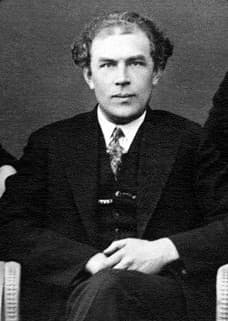
Heino Eller
Heino Eller (1887-1970) has been called the “Father of Modern Estonian Music.” Hardly known outside his native Estonia, he played a vital role in its development. He was born in Tartu, a small university town in the south east of the country. He went to St. Petersburg to study, enrolling in the Faculty of Law and simultaneously taking violin and composition lessons.
Eller subsequently held an appointment at the Tallinn Conservatory, and his students included Eduard Tubin and the Estonian composer best known in the West, Arvo Pärt. Eller composed three symphonies, string quartets, and a large number of orchestral and instrumental pieces. A scholar writes, “The northern colouring of Eller’s music places it close to Grieg, while his refined nervous tension and impetuousness align him with Skryabin. There are strong Scandinavian shadows in the music of Eller, but his use of Estonian folk music lends his language a rather distinctive feel.”
Eduard Tubin: Kratt (Goblin Suite) (Estonian Festival Orchestra; Paavo Järvi, cond.)
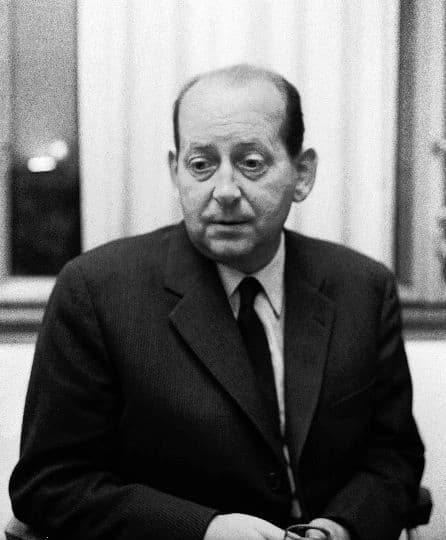
Eduard Tubin
Eduard Tubin (1905-1982) composed ten symphonies, but he only became internationally known in the 1980s when conductor Neeme Järvi began to perform and record his works for BIS. Forced to emigrate to Sweden in 1944, Tubin developed a unique musical style in exile. His ballet Kratt (Goblin) premiered on 24 February 1944, on the anniversary of the Estonian Republic. It was the first ballet in Estonian musical history, and Tubin subsequently extracted a suite.
The idea for the work arose in 1938 after he returned from Budapest, having introduced his compositions to Zoltan Kodály. Kodály commended his work but suggested he pay more attention to using folk tunes. Upon his return, Tubin collected folk materials from the Estonian Folklore Archives and chose 30 folk songs and instrumental pieces for the basis of the ballet. And just in case you are wondering, in Estonian mythology, a “kratt” is created by man but brought to life by the Devil.
Cyrillus Kreek: Requiem, “Introitus” (Mati Turi, tenor; Estonian National Opera Chorus; Ellerhein Girls Choir; Piret Aidulo, organ; Estonian National Symphony Orhcestra; Arvo Volmer, cond.)
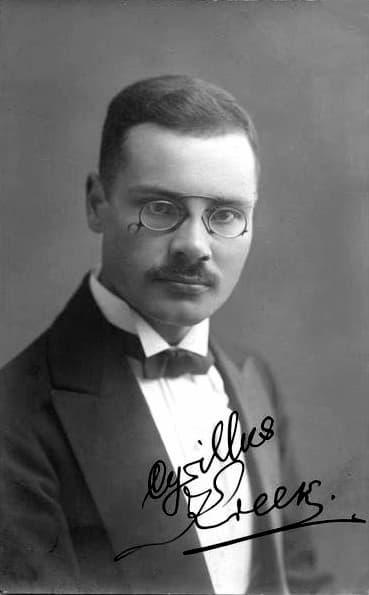
Cyrillus Kreek
While most musical genres are represented in Estonian music by the 1920s, choral music has maintained a special position. Synthesizing modern harmonies and old folk music, Cyrillus Kreek (1889-1962) created large-scale choral compositions with an orchestral treatment of the voices. He composed over 20 original choral songs based on secular and religious texts, set over 700 folk songs, and produced more than 500 choral arrangements.
Kreek’s Requiem is based on a text in Estonian, a translation of the Mozart Requiem text by the Baltic writer Schultz-Bertram in 1870. First performed in 1929, the work was immediately popular and repeatedly performed. It exudes unhurried gravity, sincere simplicity, and the intonation of folk tunes and folk harmonies. Kreek provided an orchestration that is reminiscent of traditional folk instruments, and he emphasized the middle and lower registers of the brass. Combined with numerous choral unisons, Kreek composed a truly captivating and devotional work.
Jaan Rääts: Piano Sonata No. 4, Op. 36 “Quasi Beatles” (Nicolas Horvath, piano)
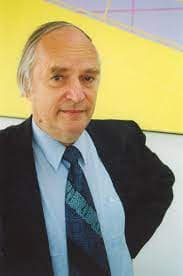
Jaan Rääts
Following World War II, Estonia was incorporated into the Soviet Union, and many prominent musicians perished or left the country in flight from the Soviet regime. Most musical institutions, however, continued working, and by the end of the 1950s, a new generation of composers emerged that brought Estonian music into the modern mainstream, embracing the styles, philosophies, and techniques popular among Western postwar composers. Among them is Jaan Rääts (b. 1932), a prolific composer for the piano.
Rääts primarily composed instrumental music, including ten symphonies and 24 concertos. His prolific body of work for the piano includes the cycle 24 Preludes, 24 Preludes to Estonian Folk Melodies, 24 Estonian Preludes, and three different series of miniatures entitled 24 Marginalia. The composer once explained his compositional direction, “I don’t like rigid musical systems. I like absorbing musical material, filtering it, and emotionally developing it as needed. Using it as a springboard for my imagination…” The Sonata subtitled “Quasi Beatles” does not contain direct quotes from Beatles songs, but you can certainly hear the bluesy lines and harmonic flavours of the band.
Arvo Pärt: Nekrolog for Orchestra, Op. 5
Arvo Pärt, born on 11 September 1935 in Praide, Järva County, Estonia, might be internationally recognized today, but his path towards recognition had to survive Soviet doctrine. As a student of Heino Eller at the Tallinn Conservatory, he acquired the most important styles and compositional techniques, and for a while, he was called one of the leading figures in the Soviet avant-garde. But when he presented Nekrolog, his first large orchestral piece in 12-tone technique, he was officially renounced as “a composer in the backwater, an untenable experimentalist composing ultra-expressionistic, purely naturalistic depiction of the state of fear, terror, despair and dejection.”

Arvo Pärt
Pärt was ostracized, his music banned, and eventually, he was forced to emigrate. For Pärt, “composition is like breathing in and out. It’s my life… But can I exist without composing my soul and my spirit? Music is already my language. My music can be my inner secret, even my confession. Most important for me: that I cannot say in a thousand sentences what I can say in a few notes.” Pärt had briefly studied with Veljo Tormis, and he found his compositional voice by introducing the sound of devotional archaism into a world of chaotic modernity. His music acquired a deeply mystical character, and his achievements have been internationally recognized and celebrated. He holds 13 honorary doctorates, and his music has been nominated for Grammy Awards 11 times. Pärt returned home to Estonia after 30 years in exile, and he established the Arvo Pärt Centre, a place of devotion and contemplation in Laulasmaa, a seaside village just west of Tallinn.
For more of the best in classical music, sign up for our E-Newsletter

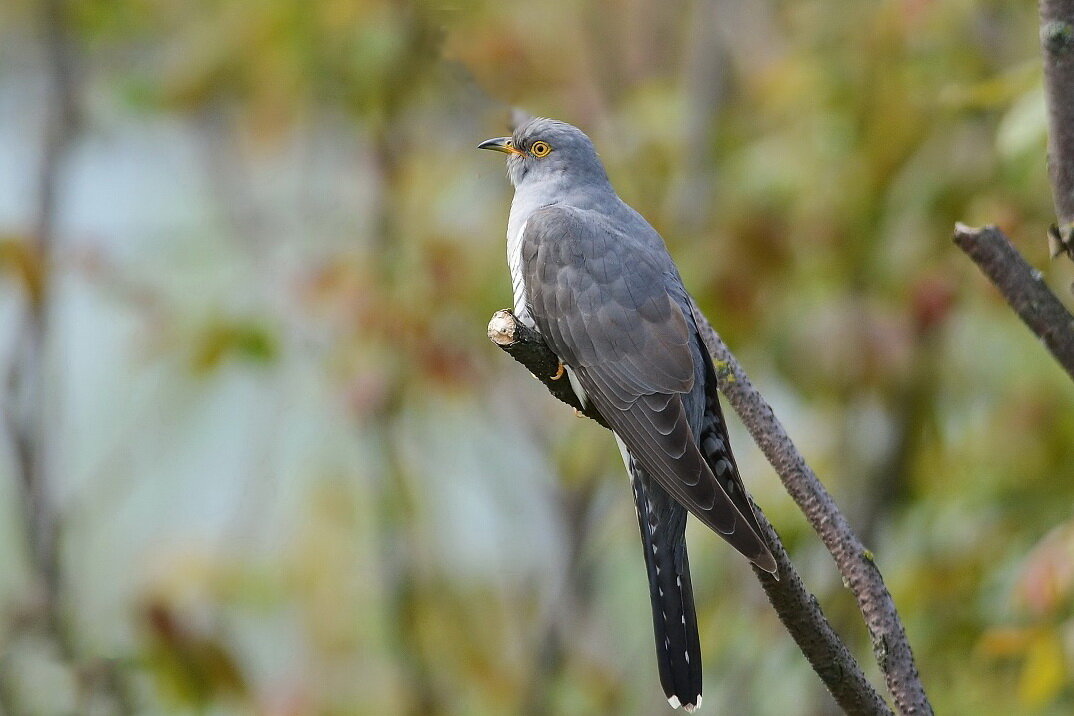
I understand that choices are challenging. But I was disappointed that this piece on Estonia’s major composers did not include Lepo Sumera. He once served as Estonia’s Minister of Culture and created a wonderful array of music, including 6 fascinating symphonies. Maybe next time…
As a symphonist Eduard Tubin is above the rest. His music was mainly recorded by Swedish BIS. Very rewarding.